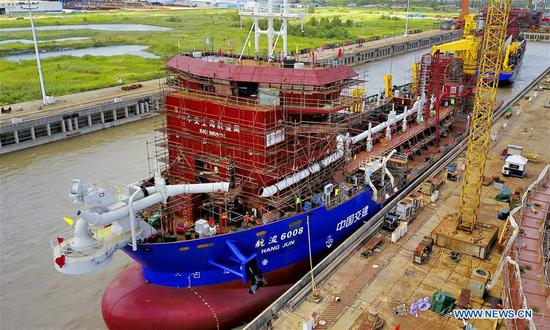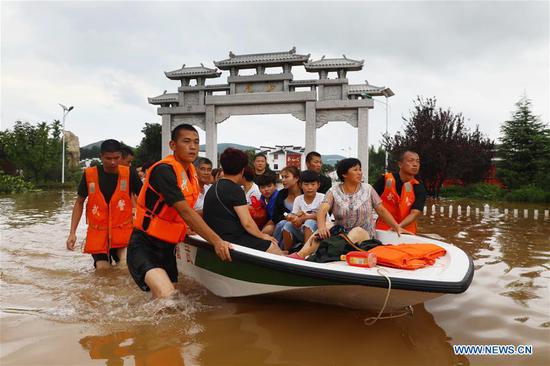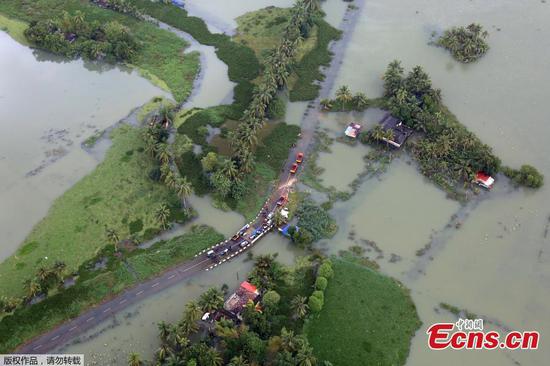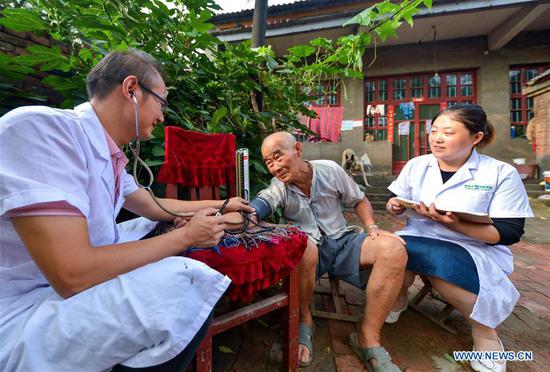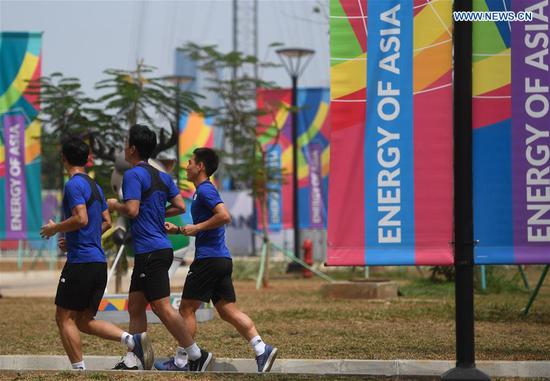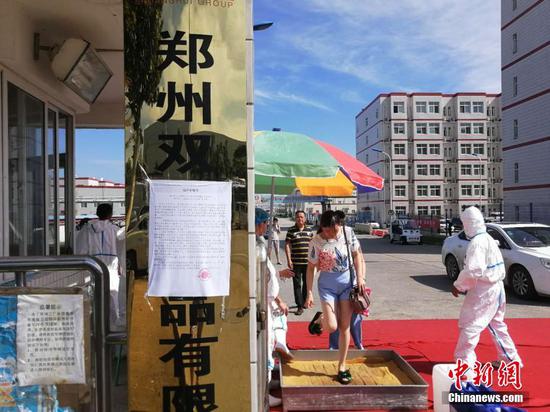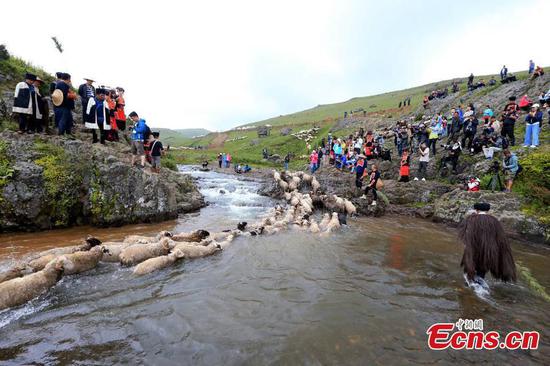China's deleveraging process will likely stretch longer than three years to see a major reduction in credit risk, according to S&P Global Ratings.
"In order to achieve a meaningful reduction in risk, the authorities may need to extend their current three-year horizon for deleveraging and to more clearly articulate their objectives," said Paul Gruenwald, S&P Global Ratings' chief economist, adding the major concern has been switched from asking about when deleveraging would happen to wondering about its progress, after China completed its longest credit cycle in the reform period.
Non-financial corporations will likely continue to reduce debt burdens in greatest proportion, and the government may increase deficit spending to partially offset slower corporate spending, the rating company said on Monday.
Measured peak to peak on a credit-to-GDP basis, China completed its longest credit cycle in the reform period, lasting from 2004-2017, during which time nearly all key credit ratios have peaked with the exception of those of the household sector. There, leverage should continue to gradually rise to support rebalancing of the economy, the rating agency said.











